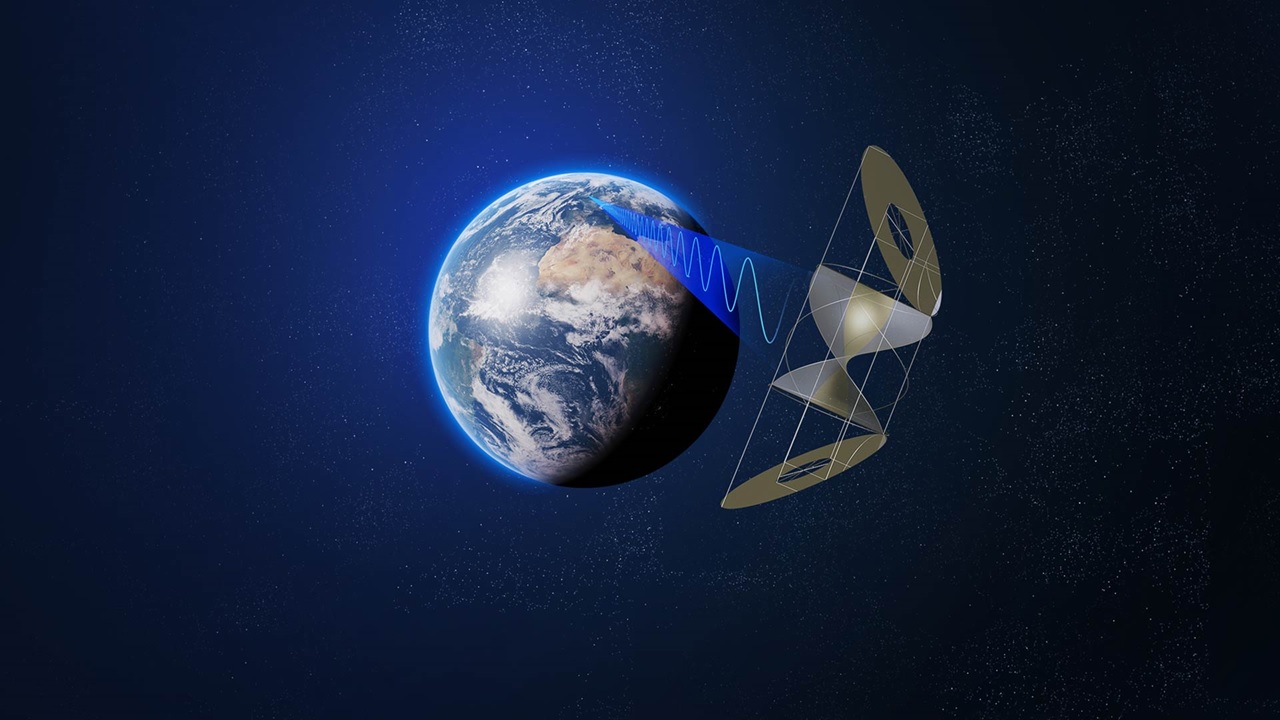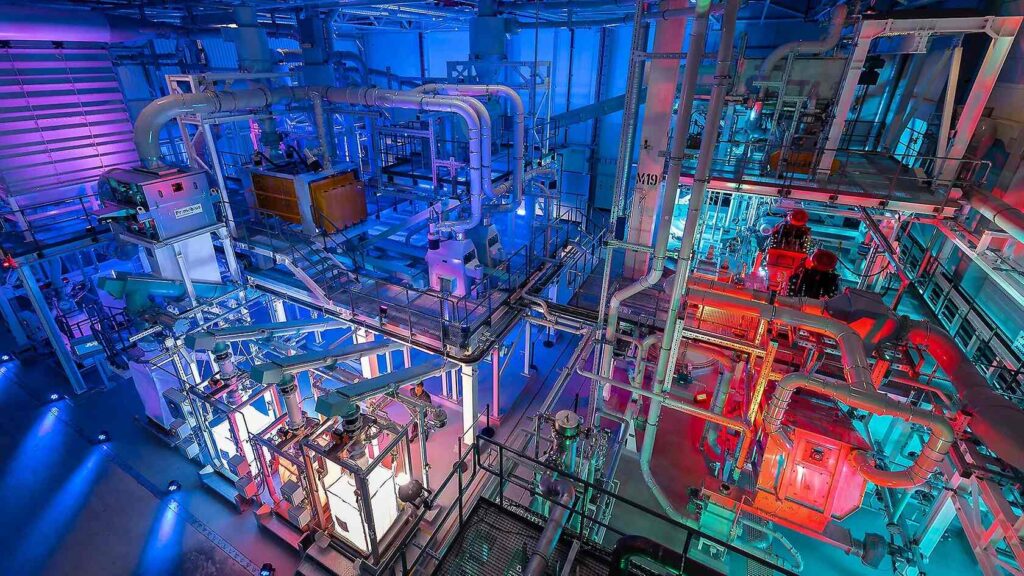Space Solar, a UK aerospace startup, plans to transmit 30 megawatts of solar-generated electricity from 35,786 kilometers above Earth to Iceland by 2030. The company just penned a deal with Reykjavik Energy to build what could become the first operational space-based photovoltaic power station.
The physics behind it? Solar panels in geosynchronous orbit capture unfiltered sunlight 24/7, convert it to DC power, transform that into radio frequency waves, and beam it down to Earth where receivers—called rectennas—convert it back into usable electricity. The whole system achieves 18% end-to-end efficiency, with the RF-DC conversion steps running at 85%.
“We can instantaneously switch the beam between any point in the field of view,” explains Sam Adlen, Space Solar’s Co-CEO. The company’s tech uses phased array antennas with 360-degree electronic beam steering—without moving parts. They’ve already built a half-meter demo of this core component.
The numbers get wild when you look at the hardware specs. Each satellite weighs 2,000 tonnes and stretches 1.7 kilometers wide—which is 15 times bigger than the International Space Station. Space Solar needs four of these behemoths for their early constellation. The ground station spreads across an oval 6 by 13 kilometers, though that’s still just 8% of what an equivalent wind farm would need.
Money talks: Space Solar has pulled in $6 million in grants and works to close a $12.5 million seed round by 2024’s end. The UK government backs their system design study through February 2025. Some analyses suggest power costs could drop below $0.03/kWh, though NASA estimates space solar running 12–80 times pricier than Earth-bound renewables.
Similar Posts
The whole plan banks on SpaceX’s Starship rocket working out—its 150-tonne lift capacity and reusability could slash launch costs. Each Starship burns methane and liquid oxygen, which is cleaner than traditional rocket fuels but still pumps out CO₂ and water vapor.
Technical hurdles keep the engineers busy. They’re working on ultra-thin solar cells—which are counterintuitively more radiation-resistant than thick ones. The team has to figure out autonomous operation and maintenance for many years in space. A kilowatt-scale orbital test is expected in three years, then the 30MW system in 2030, scaling to gigawatts by 2036 and targeting 15GW by the mid-2040s.
Critics scratch their heads about choosing Iceland. The country already pulls 25% of its electricity from underground heat, warming homes, and streets with volcanic energy. But Space Solar points to surging power demands from data centers, and AI systems.
The concept’s been kicking around since the 1970s. Early visionaries figured multiple massive orbital stations to power Earth. Reality proved harder—the engineering complexity, launch costs, and maintenance challenges kept space solar firmly grounded. Now, with improving tech and growing climate urgency, companies worldwide eye the possibilities. Space Solar scouts receiver sites across Iceland, Canada, and northern Japan.
Caltech’s already testing power beaming from orbit. The technology works—carefully controlled microwave frequencies won’t cook birds or people. But questions linger about space debris risks both to and from these massive structures. The satellite’s size demands new assembly methods, probably requiring orbital construction techniques not yet developed.
A February 2025 deadline looms for Space Solar’s current design study. That’s when we’ll learn if this decades-old dream can finally reach orbit—or if Earth-based renewables will keep their cost advantage. Meanwhile, Iceland’s volcanoes keep churning out clean power, as they have for generations.


















